How Well Did This Year’s Met Gala Exemplify ‘Camp’?
The concept of camp goes far beyond what Susan Sontag wrote in her seminal essay
/https://tf-cmsv2-smithsonianmag-media.s3.amazonaws.com/filer/24/62/246213de-f56f-4405-b6ec-3cdd7e11649f/gettyimages-1141838846.jpg)
If hope is the “thing with feathers,” then camp, as defined by theorist Susan Sontag, is “a woman walking around in a dress made of 3 million feathers.” Céline Dion, decked out in showgirl couture replete with bejeweled fringe and a feather headpiece, personified this image at last night’s Met Gala, an annual benefit hosted by the Metropolitan Museum of Art’s Costume Institute. Unabashedly over-the-top, she was among the A-list stars who nailed the event's elusive 2019 theme: “Camp: Notes on Fashion.”
Other standouts included singer and Smithsonian Ingenuity Award winner Janelle Monáe, who interpreted camp as a black, white and hot pink gown complemented by a blinking feathered eye bra, and Billy Porter, star of the FX show “Pose,” who drew accolades for his over-the-top, Cleopatra-inspired entrance and gilded set of wings. Lady Gaga and Cardi B, both boasting exaggeratedly voluminous trains (Gaga, one of the gala’s hosts, showed off four separate outfits, each more revealing than the last, over the course of the night), also earned critics’ approval.
The essence of camp is hard to pin down—it's an aesthetic sensibility that can be embodied by “discarded-but-still-glittering bits of debris,” the kitschy “hagsploitation” genre pioneered by Joan Crawford and Bette Davis in Whatever Happened to Baby Jane, Tiffany lamps, Killing Eve’s tulle cotton candy-clad assassin Villanelle, “over-the-top humor … coupled with big doses of glamor,” and pink flamingos (the plastic kind or anything related to John Waters' classic 1972 film of the same name).
For her part, Sontag, whose 1964 essay “Notes on ‘Camp'” provided inspiration for the 2019 gala’s name, considered camp the “love of the unnatural: of artifice and exaggeration,” but offered little clarification beyond this, instead writing, “To talk about Camp is therefore to betray it.”
That left it to critics to decide which A-listers fit the night's theme. Singer Kacey Musgraves’ hot pink, Barbie-inspired leather gown? Decidedly camp. Zendaya’s Cinderella ball gown? Camp. Jared Leto’s decapitated head handbag? Also camp. But singer Frank Ocean’s downright casual attire? Depends who you ask: The BBC called him out as “one of the men who didn’t get the camp theme memo,” reporting he'd been “ripped online for looking more like a security guard in a plain black outfit.” But others came out in Ocean's defense, demonstrating the slipperiness around the nature of pinning down what camp is. As GQ’s Sam Schube made the argument, if Sontag’s “Notes on Camp” considers camp as the “attempt to do something extraordinary,” then “what could be more camp than an outfit extraordinary only in its ordinariness?”
Camp, of course, goes far beyond what Sontag wrote in her seminal essay. Historically, it has had strong ties with queer culture. According to artist Bruce LaBruce’s “Notes on Camp/Anti Camp,” the intangible phenomenon developed as a “secret language in order to identify oneself to like-minded or similarly closeted homosexuals.” Vox’s Rebecca Jennings writes that camp, as represented by drag culture, for example, has long been used as a tool for queer or marginalized individuals to challenge dominant cultural norms—a point actress and screenwriter Lena Waithe emphasized in her Met Gala outfit of choice, a lavender pinstripe suit with the declaration “Black drag queens invented camp” emblazoned on the back. (The pinstripes themselves were made up of anthems by black icons, including lyrics to songs like Diana Ross’s “I’m Coming Out and Gloria Gaynor’s “I Will Survive.”) Two of the figures most closely associated with camp—Andy Warhol and Oscar Wilde—are queer icons of their respective eras.
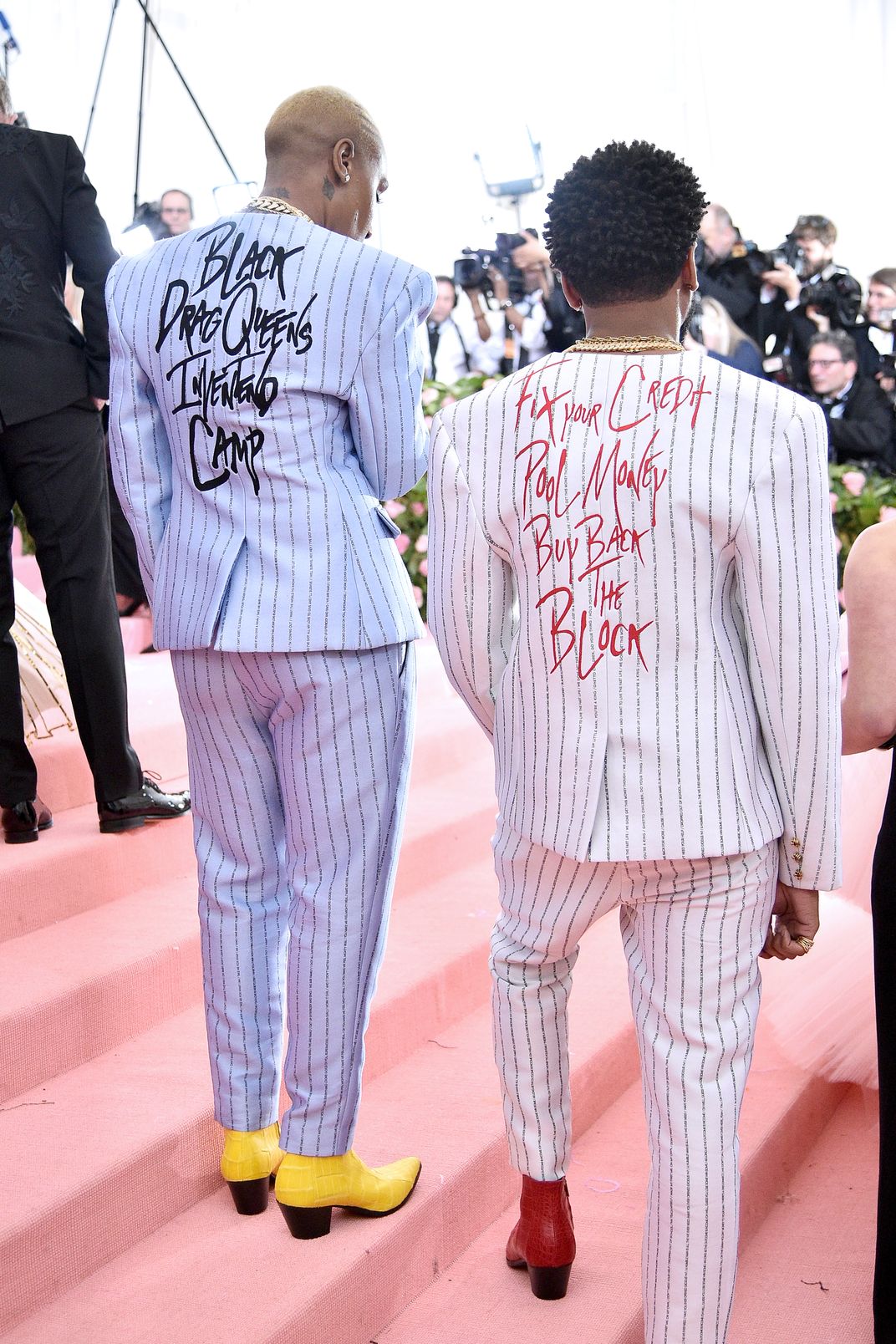
As camp has gained more of a mainstream resonance in recent years—after all, what could be more mainstream than serving as the Met Gala theme?—scholars have voiced concerns that its ties to the queer community are disappearing. But as Kareem Khubchandani, a performance studies and queer studies professor at Tufts University, tells NBC News’ Ben Kesslen, “What that ignores is there are different types of queer people always emerging who have never had purchase.” Khubchandani believes these individuals, in turn, will pioneer new forms of camp going forward.
The debate over what is and isn’t camp stretches back to the 1700s. The Met Costume Institute’s accompanying Camp: Notes on Fashion exhibition draws on 250 artifacts to trace the evolution of the concept, connecting a 1701 portrait of France’s Louis XIV with the origin of the term, which stems from the French verb se camper, or “to stand firm.” In the painting, the ostentatious monarch, better known as the Sun King, strikes an exaggerated stance meant to convey absolute power. It's a through line that connects all the way to modern times—just as evidenced by last night's Met Gala, Vogue’s Hamish Bowles points out, “At Versailles, everything was pose and performance.”
/https://tf-cmsv2-smithsonianmag-media.s3.amazonaws.com/accounts/headshot/mellon.png)
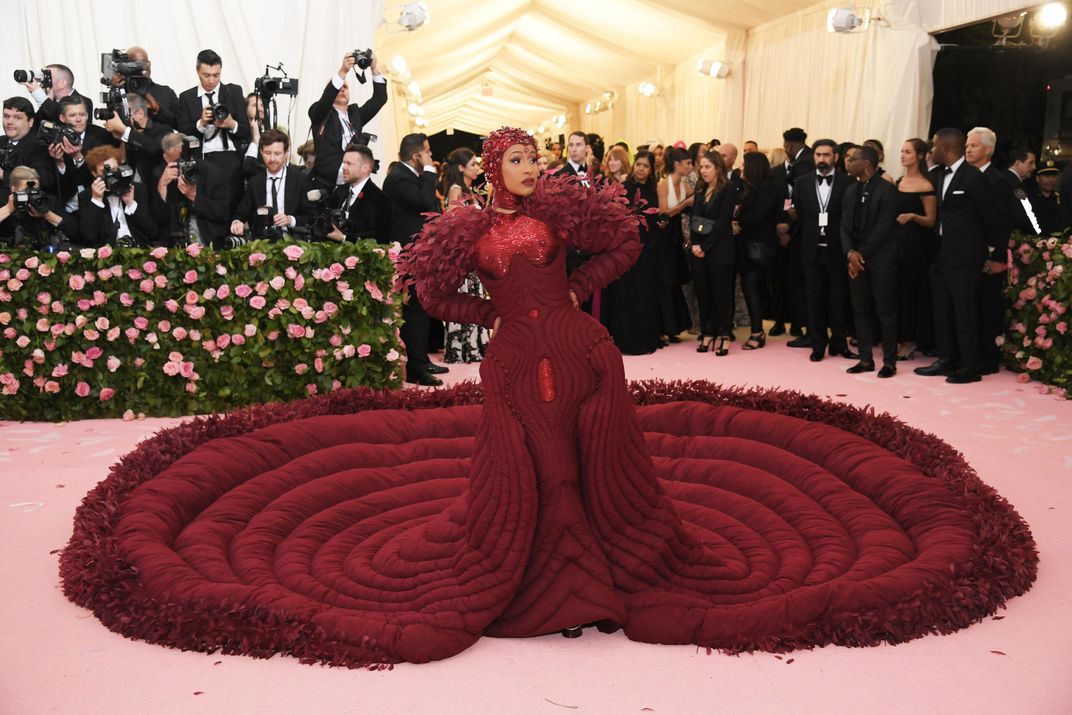
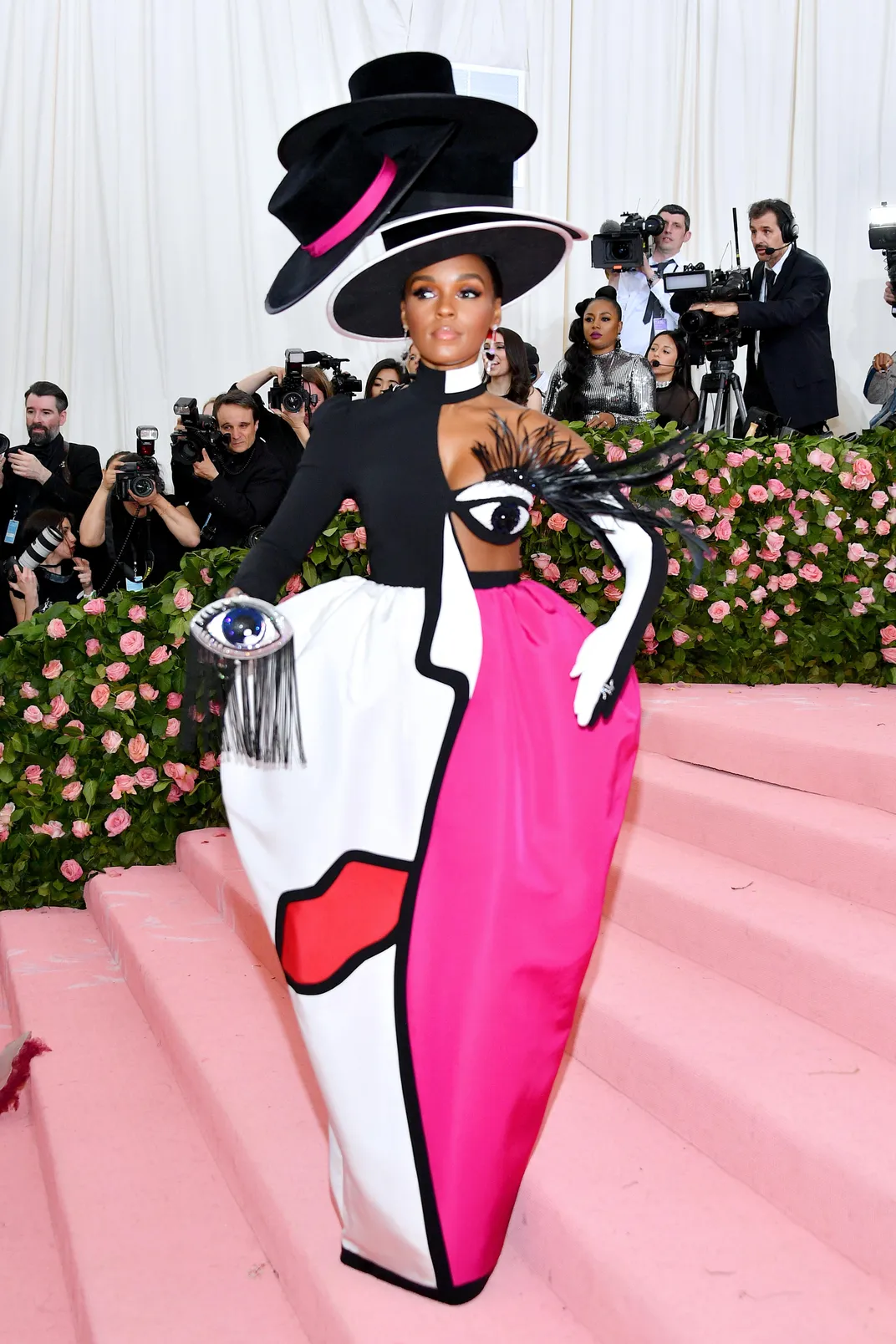
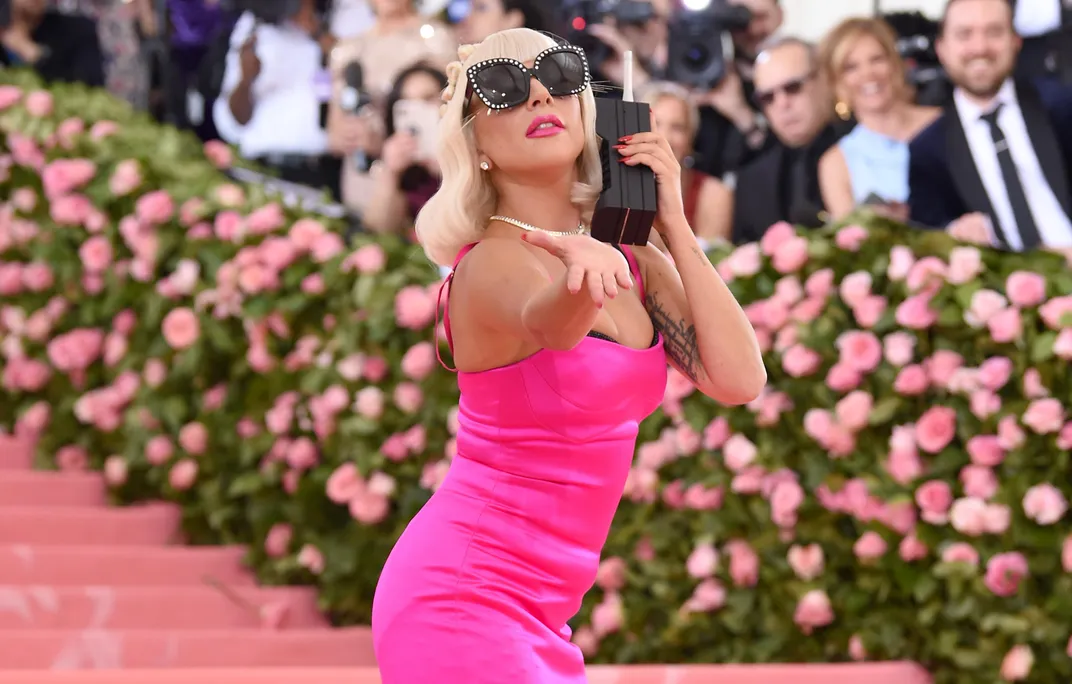
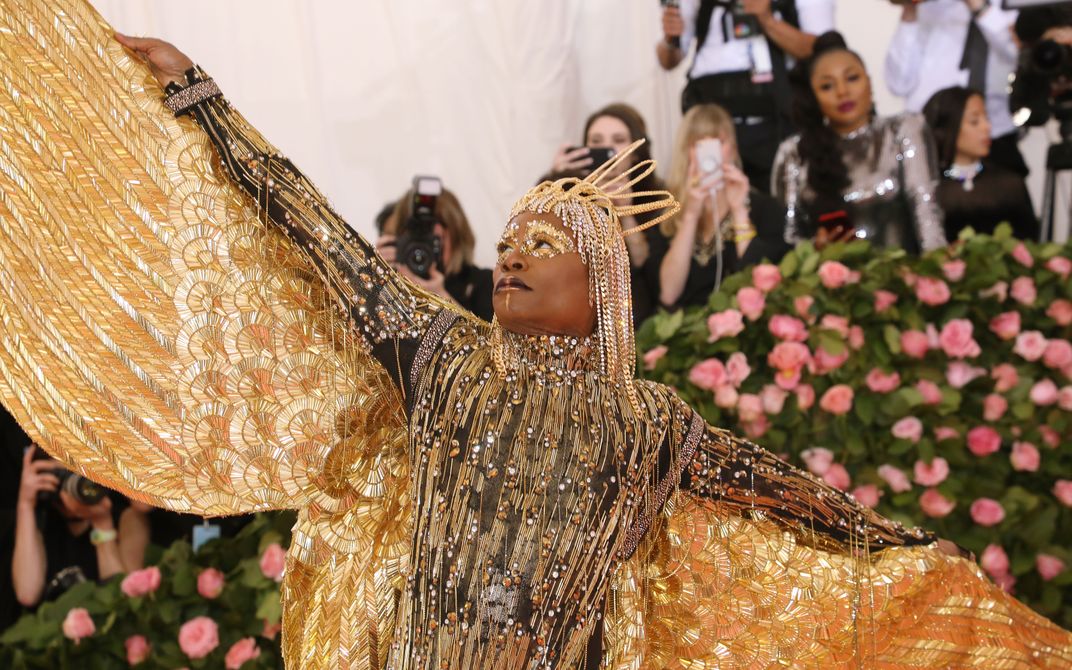
/https://tf-cmsv2-smithsonianmag-media.s3.amazonaws.com/accounts/headshot/mellon.png)